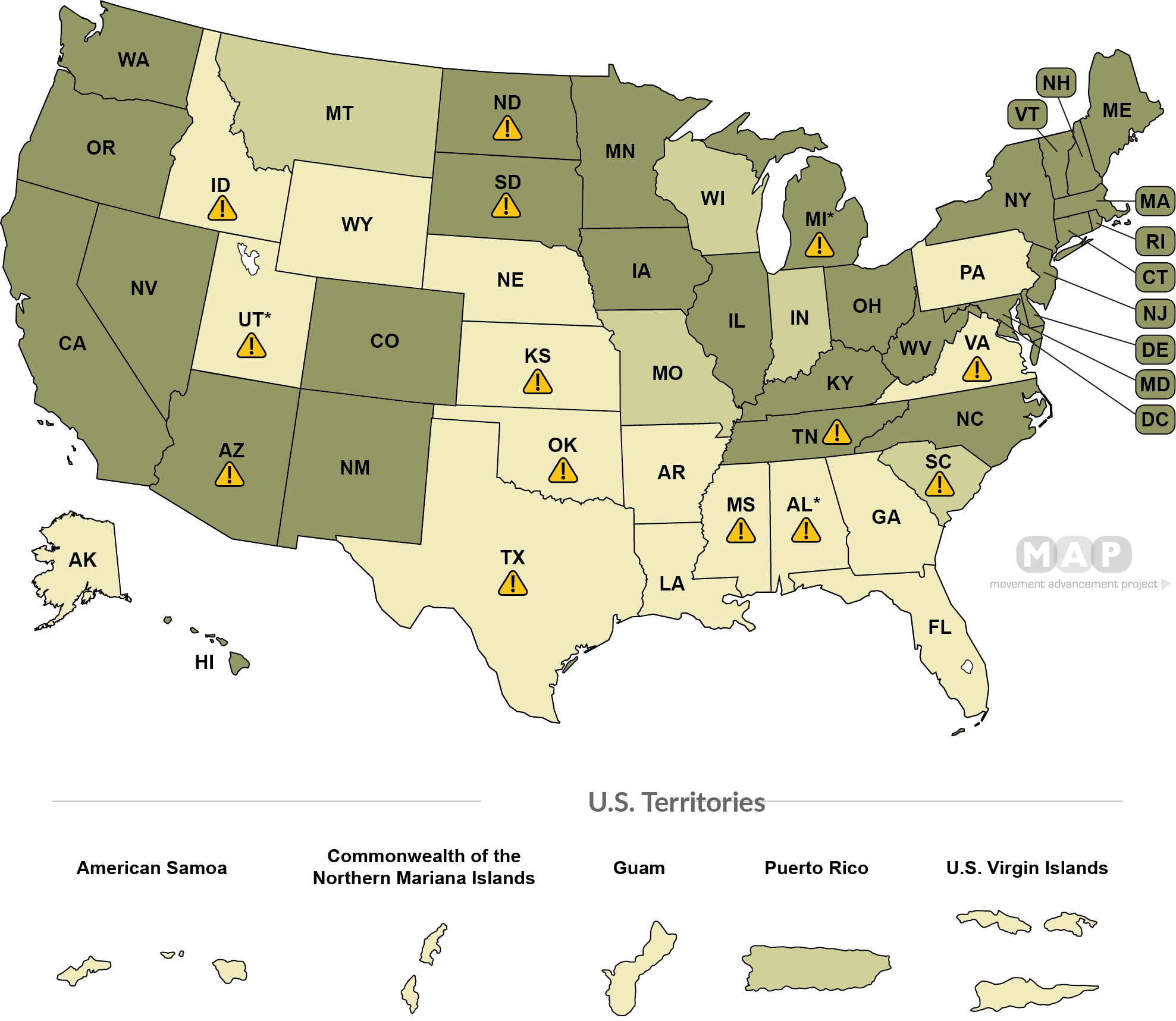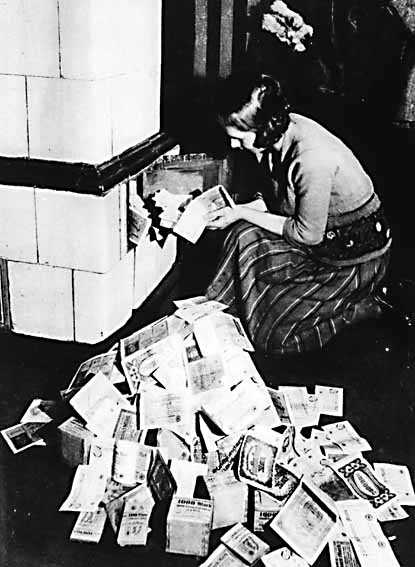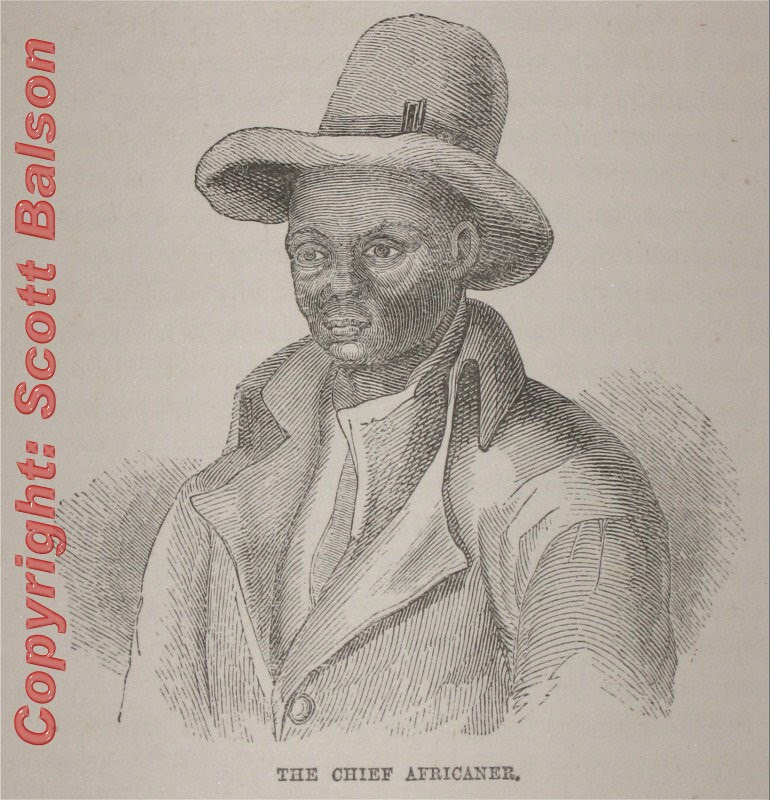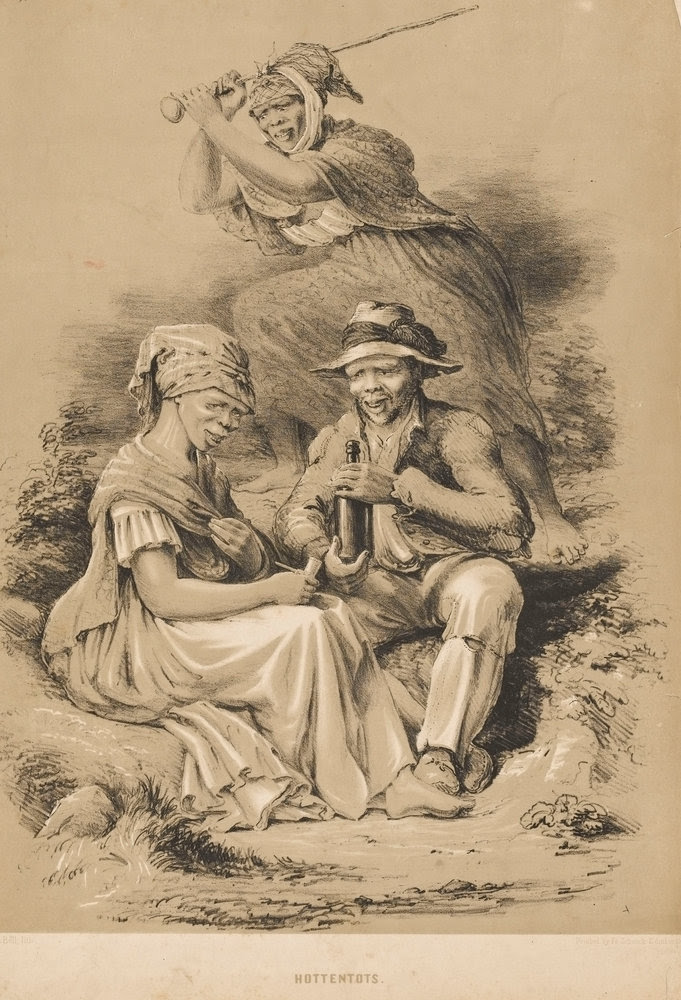Like many Latin American countries, The United States has had a history of interfering in Nicaragua. Nicaragua was ruled by members of the Somoza family since the 1930s. The Somoza regime was corrupt and unpopular with many ordinary Nicaraguans. Opposition against the Somoza family reign increased in the 1970s, after aid that Nicaragua received following a massive 1972 earthquake was embezzled by the Somoza family. As a result, a rebel group called the Sandinistas began to gain popularity with many opponents of the Somoza government. The Sandinistas are also called the FSLN. In 1979, Sandinista forces defeated the Somoza regime and took over the country. They were sympathetic to communism, and had the support of the Soviet Union.
In 1981, Ronald Reagan became President of the US. He tried to contain communism by supporting rebel groups that were fighting communist governments, both overtly and covertly. In Nicaragua, a rebel group called the Contras was an opposition party to the Sandinistas. The Contras were anti-communist, but had also been accused of human rights abuses. However, because the Sandinistas were pro-communism, the Reagan administration saw them as a threat.







